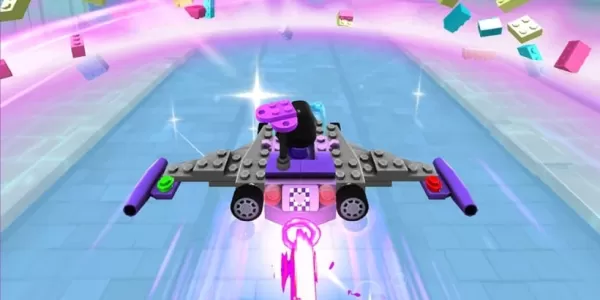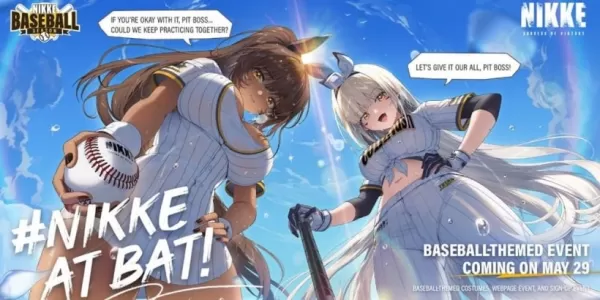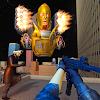With Monster Hunter Wilds breaking Steam records and the Resident Evil franchise more popular than ever due to Village and a series of stellar remakes, it seems like Capcom can do no wrong. However, this wasn't always the case. Just a few years ago, Capcom faced a series of critical and commercial flops that left the company struggling to find its footing and reconnect with its audience.
Capcom was grappling with an identity crisis. The once-iconic Resident Evil series, known for pioneering the survival horror genre, had lost its edge following Resident Evil 4. Similarly, Street Fighter, another flagship title, was faltering after the lukewarm reception of Street Fighter 5. These setbacks threatened to end Capcom's legacy and the beloved games it had created.
Yet, from this challenging period, Capcom emerged stronger. A strategic shift in game development, bolstered by a new, powerful game engine, revitalized their key franchises. This transformation sparked a wave of critical and financial success, propelling Capcom back into the gaming industry's elite.
Resident Evil Lost Its Way
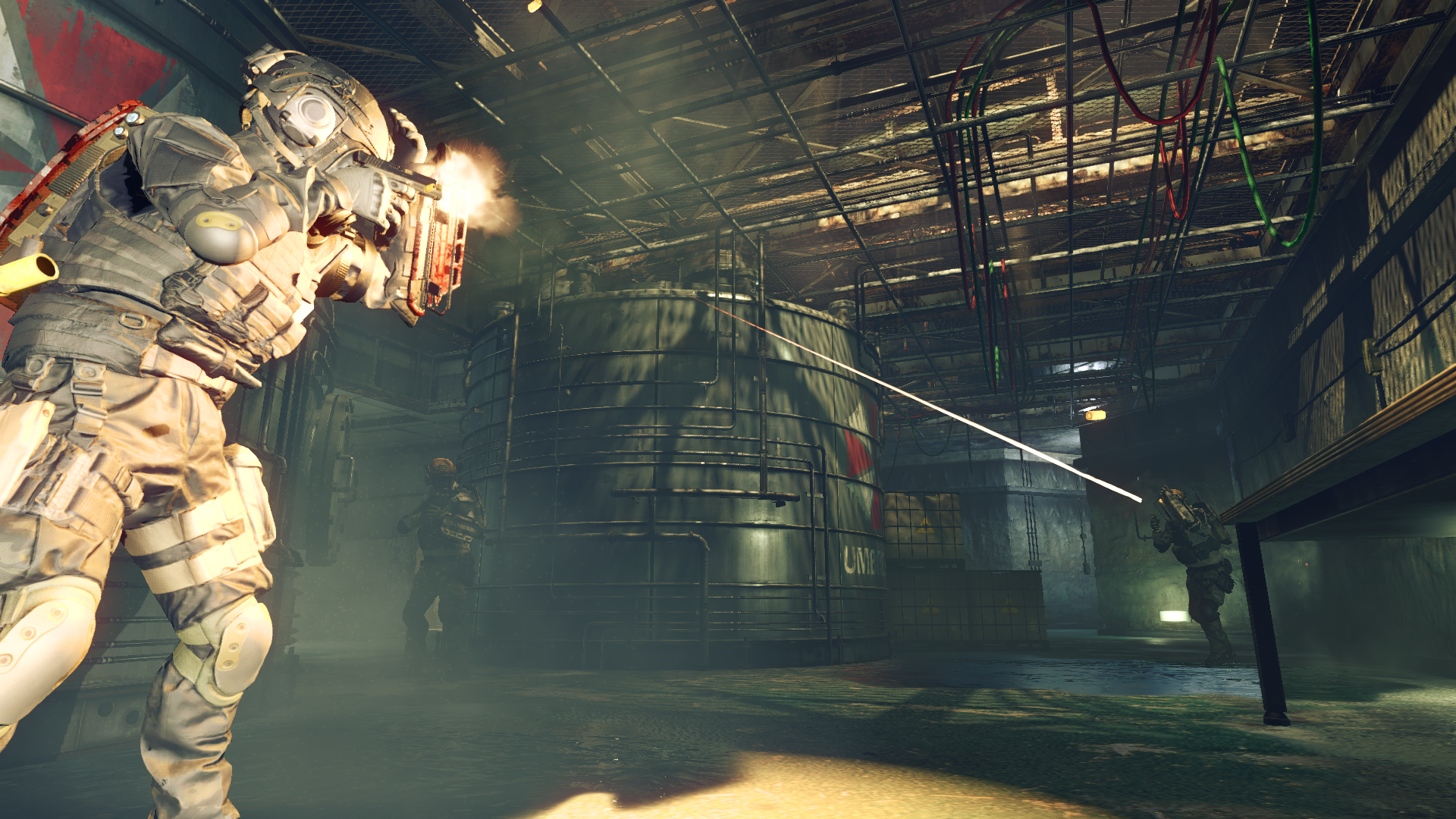 2016 was a challenging year for Capcom. The release of Umbrella Corps, an online co-op shooter, was met with harsh criticism from both reviewers and fans. Street Fighter 5 also disappointed many, with its lack of polish and limited content. Meanwhile, Dead Rising 4 marked the end of the series with the return of Frank West, but it failed to reignite the franchise's spark.
2016 was a challenging year for Capcom. The release of Umbrella Corps, an online co-op shooter, was met with harsh criticism from both reviewers and fans. Street Fighter 5 also disappointed many, with its lack of polish and limited content. Meanwhile, Dead Rising 4 marked the end of the series with the return of Frank West, but it failed to reignite the franchise's spark.
This period marked the nadir of a challenging decade for Capcom, which had been struggling since 2010. Mainline Resident Evil games saw declining critical acclaim despite strong sales, Street Fighter was struggling to regain its former glory, and other key franchises like Devil May Cry were absent from the scene. At the same time, Monster Hunter, while a hit in Japan, faced difficulties breaking into international markets.
"Many of us started feeling that what the fans and players wanted from the series was getting a little bit separate from what we were making," a sentiment that highlighted the disconnect between Capcom's output and player expectations. This is a stark contrast to the Capcom we see today, which has been on a roll since 2017, consistently delivering hit games across its major franchises such as Monster Hunter World, Devil May Cry 5, Street Fighter 6, and a series of acclaimed remakes and reboots of the Resident Evil series. Capcom's recent track record suggests a company that has truly mastered the art of game development.
Achieving this turnaround required more than just learning from past mistakes. Capcom had to overhaul its entire approach, from understanding its target audience to leveraging new technology. To delve deeper into this transformation, IGN spoke with four of Capcom's leading creatives to understand how the company overcame its challenges and emerged stronger than ever.
Founded in 1979 as a maker of electronic game machines, Capcom rose to prominence in the '80s and '90s with iconic 2D games like Street Fighter and Mega Man. The company successfully transitioned into the 3D era with titles like Resident Evil. Between 2000 and 2010, Capcom managed to modernize many of its classic franchises, culminating in the release of what many consider one of the greatest games of all time: Resident Evil 4.
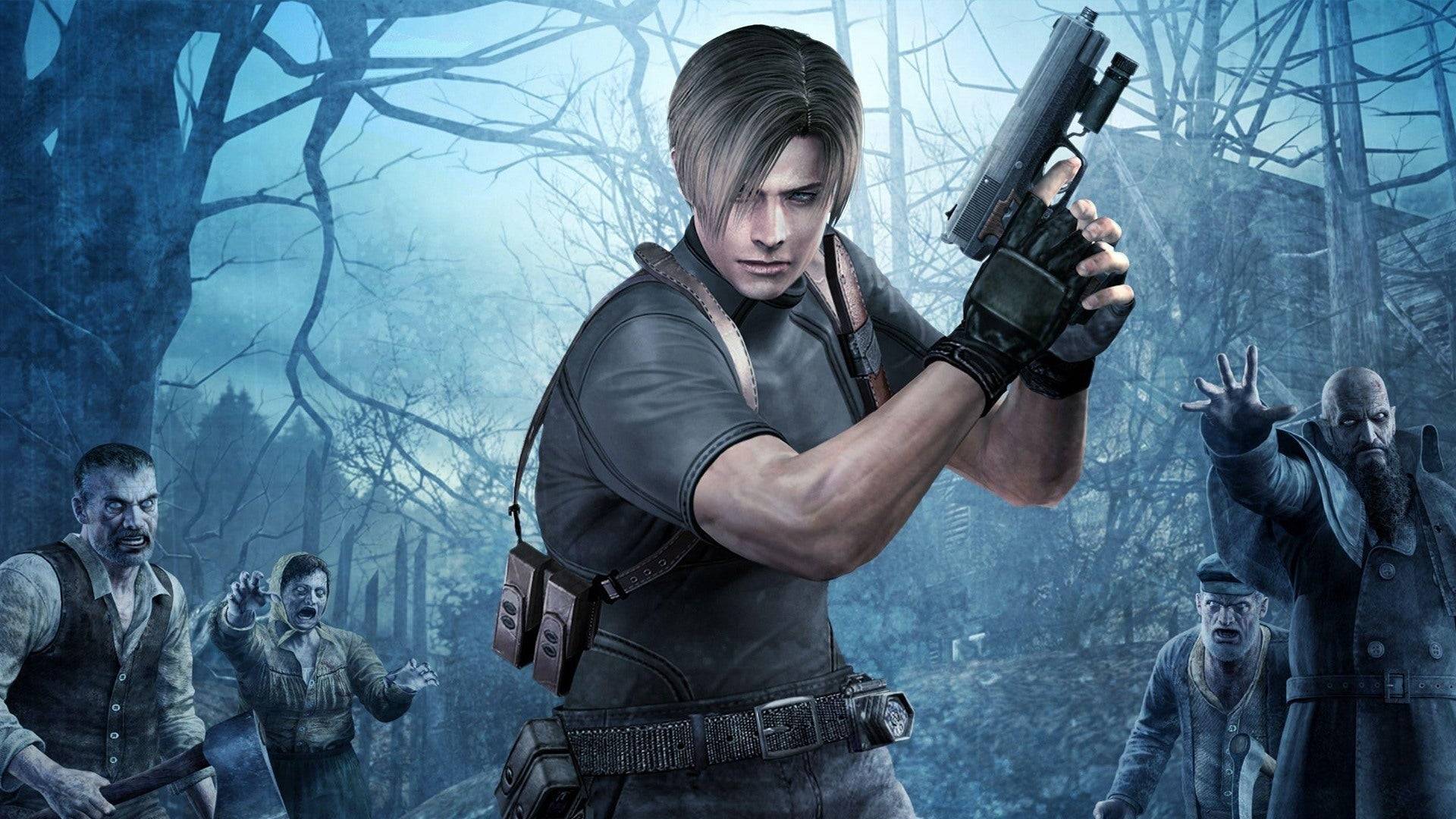 2005's Resident Evil 4 is often hailed as a landmark title, blending horror with action in a way that captivated players. However, subsequent games struggled to maintain this balance. Resident Evil 5 introduced action-heavy sequences that strayed from the series' horror roots, a trend that continued with Resident Evil 6, which attempted to cater to both action and horror fans but ultimately satisfied neither.
2005's Resident Evil 4 is often hailed as a landmark title, blending horror with action in a way that captivated players. However, subsequent games struggled to maintain this balance. Resident Evil 5 introduced action-heavy sequences that strayed from the series' horror roots, a trend that continued with Resident Evil 6, which attempted to cater to both action and horror fans but ultimately satisfied neither.
This trend wasn't limited to Resident Evil. Following the success of Street Fighter 4, the sequel, Street Fighter 5, failed to meet expectations with its lack of single-player content and poor online functionality. Similarly, Devil May Cry saw diminishing returns, leading Capcom to outsource the next installment, DmC: Devil May Cry, to Ninja Theory, which received a mixed reception. Other attempts to capture Western markets, like Lost Planet and Asura's Wrath, also fell short, with Dragon's Dogma being one of the few bright spots during this period.
Street Fighter 5, The Lost Cause
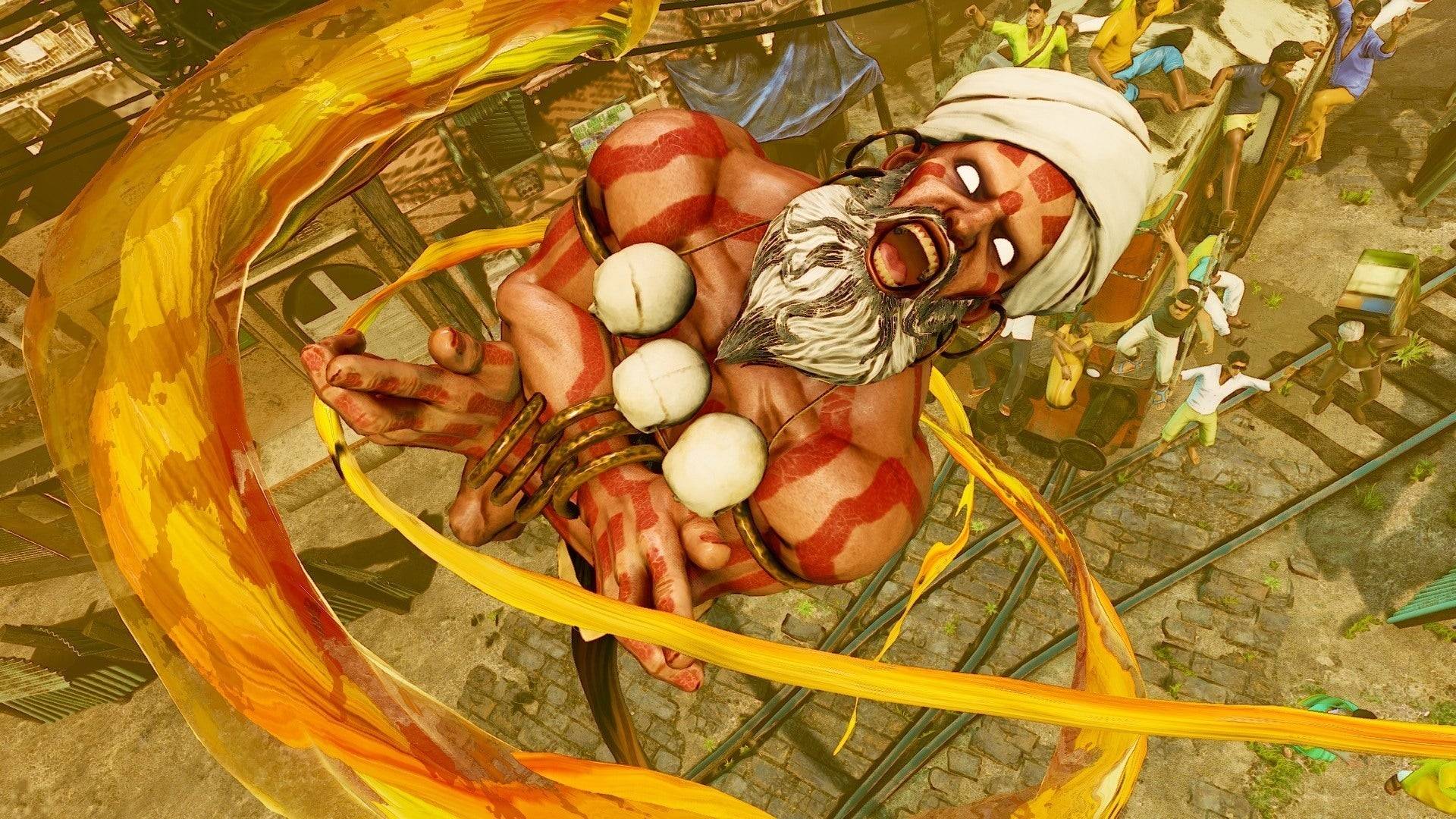 By the mid-2010s, Capcom recognized the need for change and began implementing strategies to turn things around. The first step was addressing the issues with Street Fighter 5. Directors Takayuki Nakayama and Shuhei Matsumoto were brought in to stabilize the game and regain the trust of fans.
By the mid-2010s, Capcom recognized the need for change and began implementing strategies to turn things around. The first step was addressing the issues with Street Fighter 5. Directors Takayuki Nakayama and Shuhei Matsumoto were brought in to stabilize the game and regain the trust of fans.
"There definitely were some challenges within the production of the game, and that was part of the reason why I was brought into the team," Nakayama admitted. Despite the constraints they faced, the team focused on fixing the game's most pressing issues, paving the way for the eventual release of Street Fighter 5: Arcade Edition.
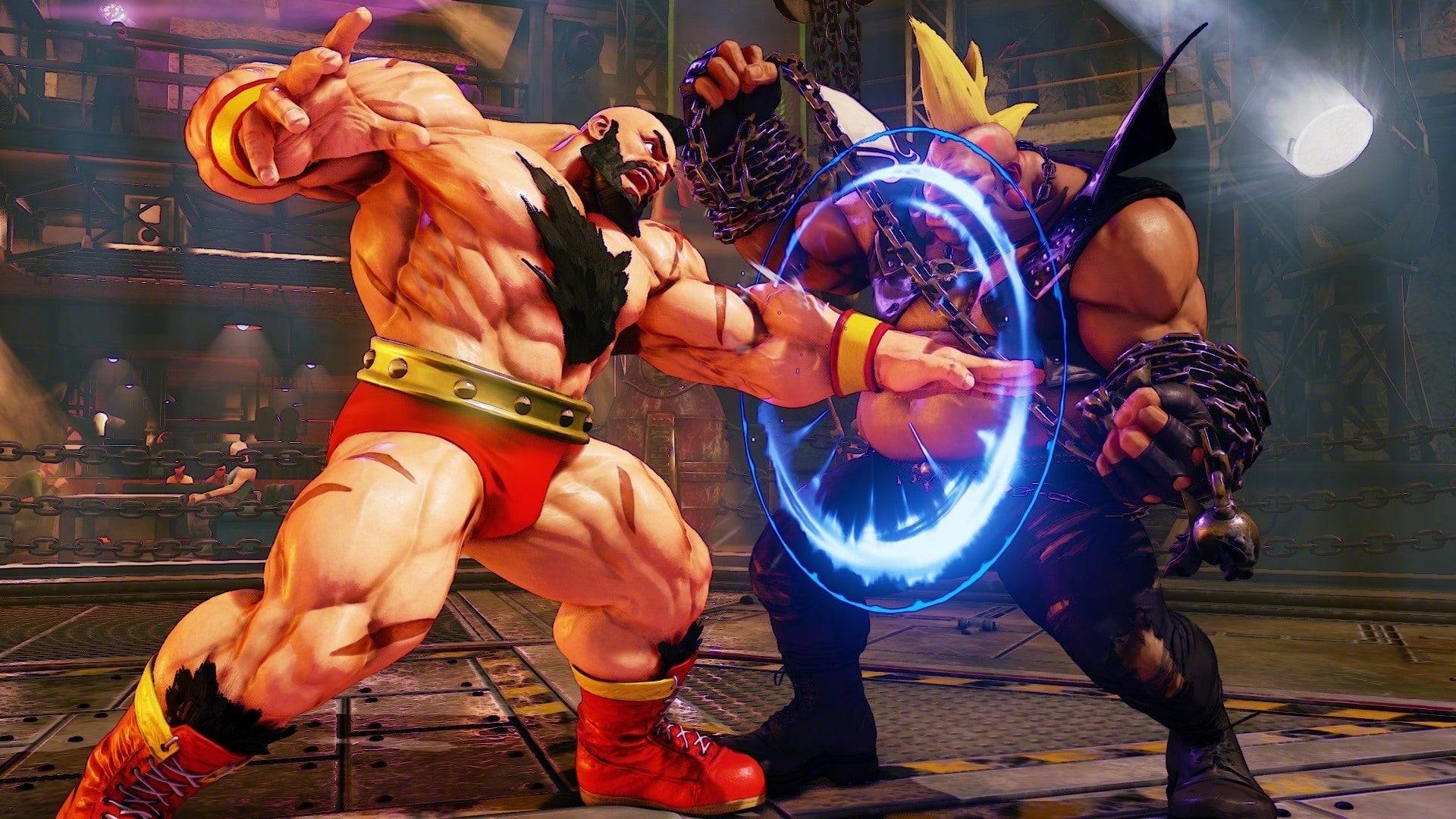 The improvements to Street Fighter 5 were crucial, not just for the game itself but as a learning experience for the development of Street Fighter 6. Matsumoto emphasized that the ongoing development of Street Fighter 5 served as a testing ground for ideas that would later be refined and implemented in the sequel.
The improvements to Street Fighter 5 were crucial, not just for the game itself but as a learning experience for the development of Street Fighter 6. Matsumoto emphasized that the ongoing development of Street Fighter 5 served as a testing ground for ideas that would later be refined and implemented in the sequel.
The team's efforts to improve Street Fighter 5 included updates to netcode, character re-balances, new characters, and mechanics like V-Shift, all aimed at making the game more enjoyable and accessible. This process helped Capcom rediscover the fun in fighting games, which had been overshadowed by the frustrations of Street Fighter 5.
"We both realized that fighting games are fun, and when you get used to them, it becomes more enjoyable and something you can essentially play forever as long as you have an opponent to play against," Matsumoto explained. The approach to Street Fighter 6 was to make the game more approachable for new players while maintaining the depth that seasoned fans loved, resulting in one of the most critically acclaimed entries in the franchise.
Monster Hunter Took Over The World
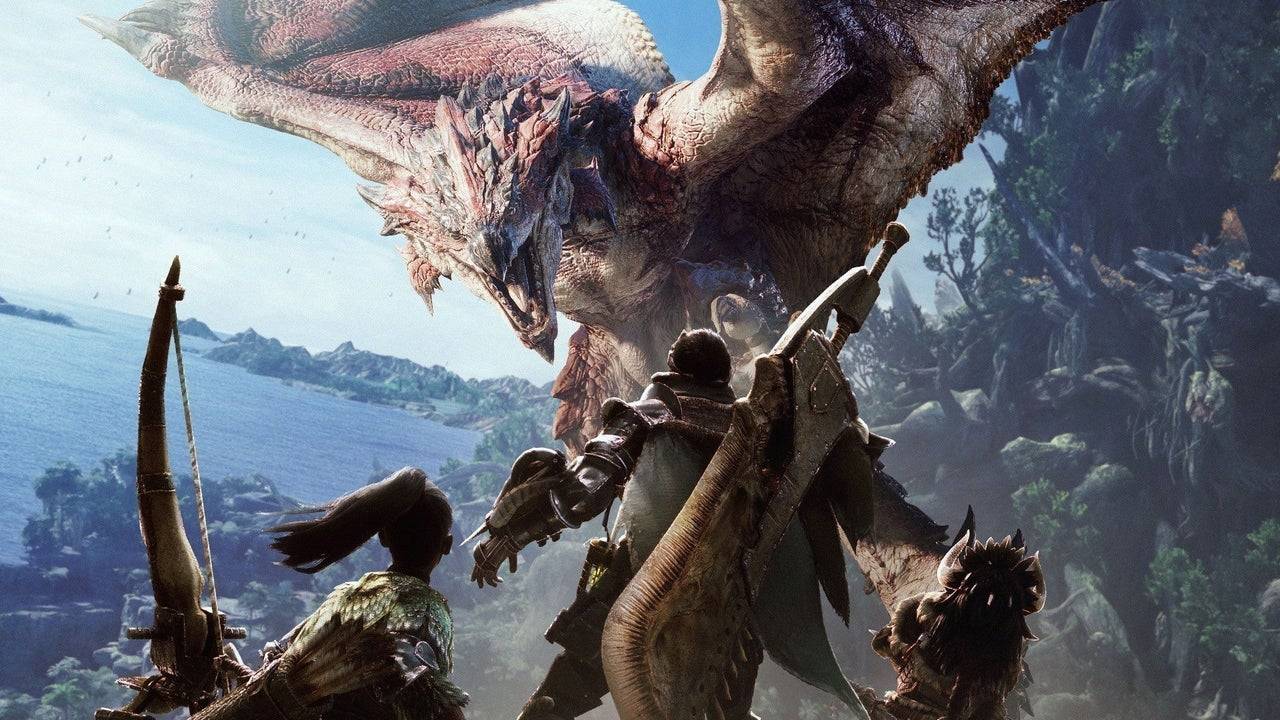 Around the time of Street Fighter 5's launch, Capcom underwent a significant internal reorganization to prepare for a new generation of games powered by the RE Engine, a replacement for the aging MT Framework. This shift wasn't just about new tools; it was about a new mandate to create games for a global audience.
Around the time of Street Fighter 5's launch, Capcom underwent a significant internal reorganization to prepare for a new generation of games powered by the RE Engine, a replacement for the aging MT Framework. This shift wasn't just about new tools; it was about a new mandate to create games for a global audience.
"It was a few factors that came together," said Hideaki Itsuno, a former game director at Capcom known for his work on Devil May Cry. "The change of the engine and also all teams were given a very clear goal at that point to make games that reach the global market. [Games] that are fun for everyone."
Capcom's earlier attempts to capture the Western market with action-heavy games like Resident Evil 4 and Lost Planet had mixed results. The company realized the need to create games that appealed universally, not just to fans of specific genres.
"I think that we had that clear goal of just focusing and not holding anything back towards making good games that would reach people from all over the world," Itsuno noted. This shift in focus was pivotal leading up to 2017, with the release of Resident Evil 7 marking the beginning of Capcom's renaissance.
No series better exemplifies this new global approach than Monster Hunter. While it had a dedicated fanbase in the West, the series was primarily popular in Japan due to its early focus on handheld gaming. The success of Monster Hunter Freedom Unite on the PSP highlighted the importance of multiplayer gaming in Japan, where internet connectivity was less widespread at the time.
"20 years ago in Japan, having a network connection wasn't as easy, and there weren’t a huge amount of people playing Monster Hunter online. However, handheld consoles made multiplayer gameplay easy without internet access, and I regard it as a great success that we had players experience the game in this way," said Ryozo Tsujimoto, the series' executive producer.
As internet infrastructure improved globally, Capcom saw an opportunity to expand Monster Hunter's reach. The release of Monster Hunter: World in 2018 marked a significant shift, offering a more accessible and globally appealing experience with simultaneous worldwide releases and no region-exclusive content.
"Our approach to the globalization of the series and Monster Hunter in general really ties into not only the themes that we had going into designing the game, but also in the name of the game," Tsujimoto revealed. "The fact that we called it Monster Hunter: World is really kind of a nod to the fact that we wanted to appeal to this worldwide audience."
To broaden its appeal, Capcom conducted global focus tests for Monster Hunter: World, leading to changes like displaying damage numbers, which helped the game achieve unprecedented success. Both Monster Hunter: World and its follow-up, Monster Hunter Rise, sold over 20 million copies each, showcasing the effectiveness of Capcom's new approach.
Resident Evil 7 Began Turning Things Around
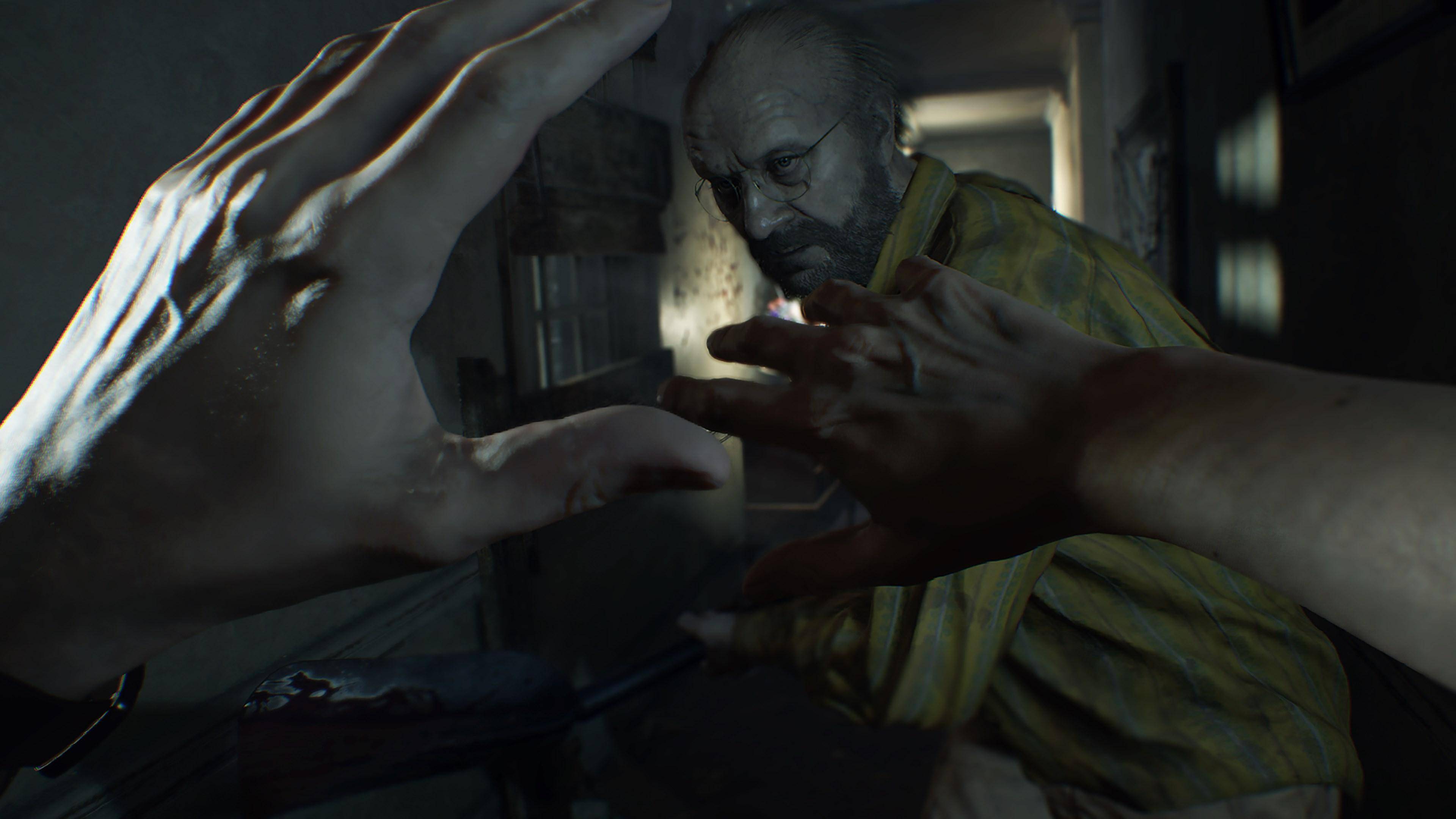 While Monster Hunter found its global audience, Resident Evil faced its own challenges. The series had to decide whether to focus on action or return to its survival horror roots. Executive producer Jun Takeuchi made the pivotal decision to steer Resident Evil back to survival horror.
While Monster Hunter found its global audience, Resident Evil faced its own challenges. The series had to decide whether to focus on action or return to its survival horror roots. Executive producer Jun Takeuchi made the pivotal decision to steer Resident Evil back to survival horror.
"It was around the time I was working on Resident Evil Revelations 1 and 2. I was trying to test different things, try different approaches," said Yasuhiro Ampo, director of Resident Evil 2 and 4 remakes. "And around this time is when the R&D teams were divided into R&D division one and two. The executive producer of the Resident Evil series, Jun Takeuchi, took command of R&D division one, and he set the core direction that the Resident Evil series needed to go back to its origins, to its roots."
The announcement of Resident Evil 7 at PlayStation's E3 2016 conference, with its first-person perspective and focus on horror, was met with excitement. "We cannot underestimate how critical it is for the series for it to be scary," Ampo emphasized. Resident Evil 7 successfully recaptured the series' horror essence, becoming one of the scariest entries in the franchise.
While Resident Evil 7 and its sequel, Resident Evil Village, adopted a first-person perspective, Capcom didn't abandon the third-person view that had become synonymous with the series. The company embarked on a series of remakes, starting with Resident Evil 2, which combined horror with action and puzzles to great acclaim.
"Resident Evil 4 is a game that is so beloved. If we get anything wrong with the remake, people might be quite vocal about their discomfort," Ampo admitted. Despite initial hesitations, the Resident Evil 4 remake was a success, fine-tuning the balance between action and horror to maintain the series' survival horror roots.
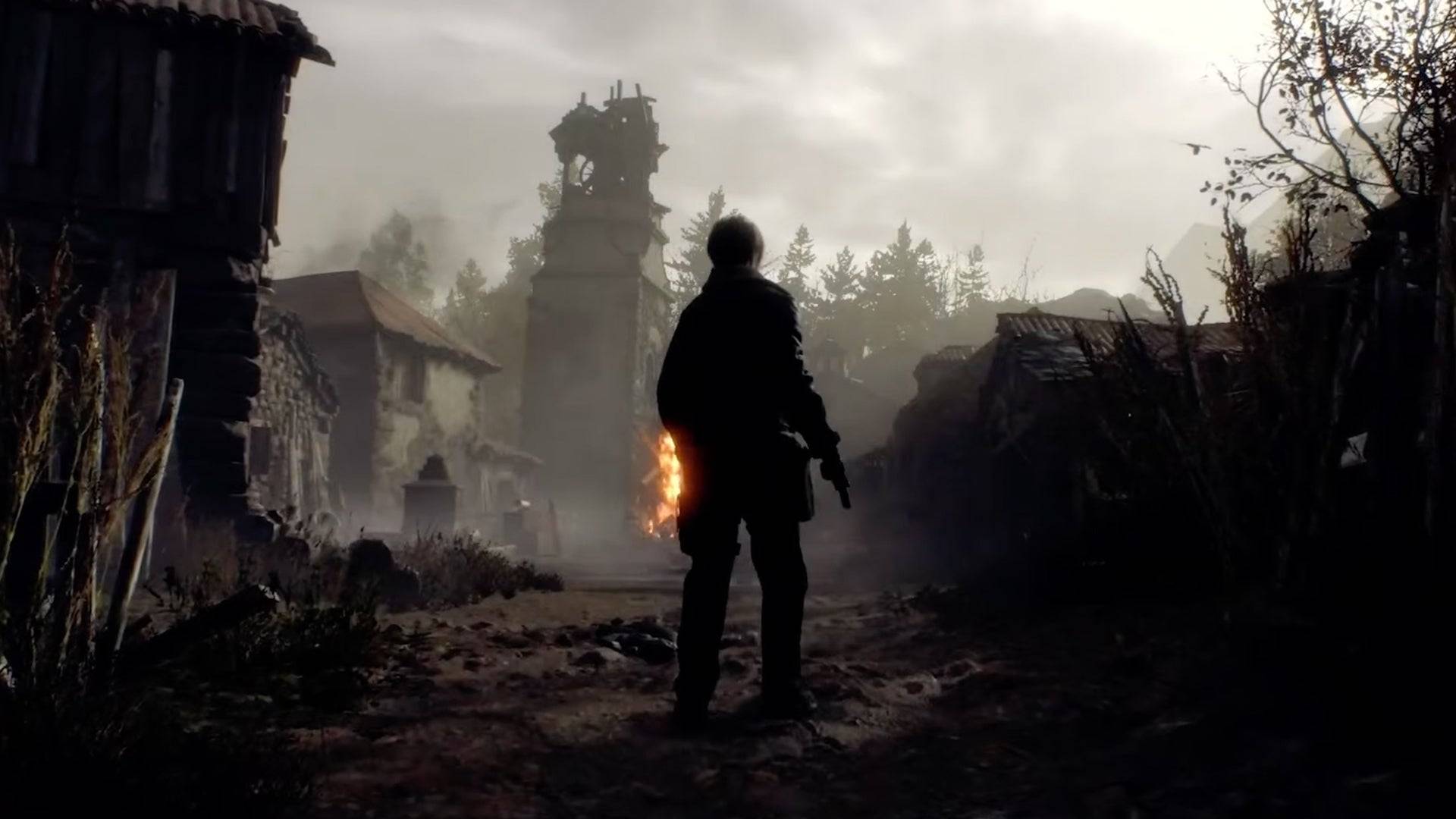 As Resident Evil rediscovered its horror core, Hideaki Itsuno, the longtime director of Devil May Cry, aimed to reinvigorate the action genre. After a stint with Dragon's Dogma, Itsuno returned to Devil May Cry with the goal of challenging players and leveraging the power of the RE Engine to create a visually stunning and stylish game.
As Resident Evil rediscovered its horror core, Hideaki Itsuno, the longtime director of Devil May Cry, aimed to reinvigorate the action genre. After a stint with Dragon's Dogma, Itsuno returned to Devil May Cry with the goal of challenging players and leveraging the power of the RE Engine to create a visually stunning and stylish game.
The Reason Behind The Change
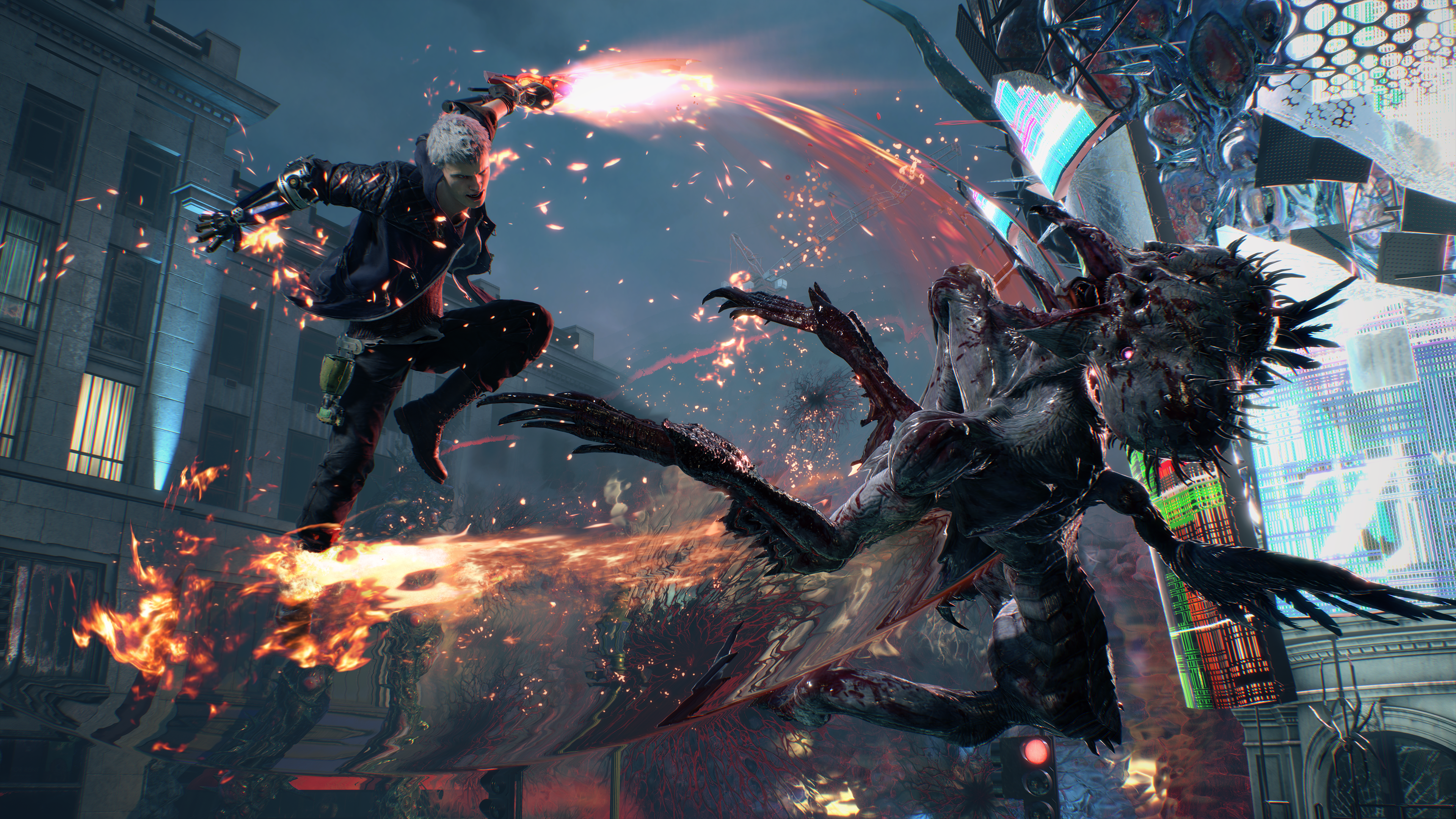 "I felt like the main trend with action games was to make action games that were very kind," Itsuno admitted. "Maybe, for me, a little bit too kind to the players, lending a hand to the player too much to my liking."
"I felt like the main trend with action games was to make action games that were very kind," Itsuno admitted. "Maybe, for me, a little bit too kind to the players, lending a hand to the player too much to my liking."
Itsuno's return to Devil May Cry after a decade away allowed him to bring a fresh perspective and new technology to the series. The RE Engine, with its photorealistic capabilities and agile development environment, enabled Itsuno to create one of the most critically and financially successful games in the franchise.
"Ever since I took over the series from Devil May Cry 3, I put everything that I, as a person, I considered throughout my life to be cool," Itsuno said. This commitment to coolness, combined with the RE Engine's capabilities, resulted in a game that was both visually impressive and fun to play.
A New Capcom Golden Age
Since 2017, Capcom has released a game of the year contender almost annually, a feat that sets it apart from other major studios struggling with consistency. This winning streak, which includes titles like Monster Hunter Wilds, is a testament to Capcom's focus on creating globally appealing games with the RE Engine's versatile capabilities.
"Capcom is going through a golden era, and, well, now we have to do everything we can so that this lasts one more year, one more year, and every year, one more year," said Tsujimoto. This new golden age is characterized by Capcom's ability to maintain the essence of its games while expanding their global appeal.
While other companies chase trends and lose their identities, Capcom's strategic changes over the past decade have positioned it for continued success. The company's directors agree that this is a new golden age, with Nakayama noting, "It’s a very exciting time to be at Capcom right now. A lot of us are able to get excited about what we’re working on and are able to focus on things that we think are fun."
Capcom's journey from near failure to a new golden age is a remarkable story of resilience and innovation. By focusing on what makes their games unique and leveraging cutting-edge technology, Capcom has not only regained its footing but has set a new standard for the gaming industry.


